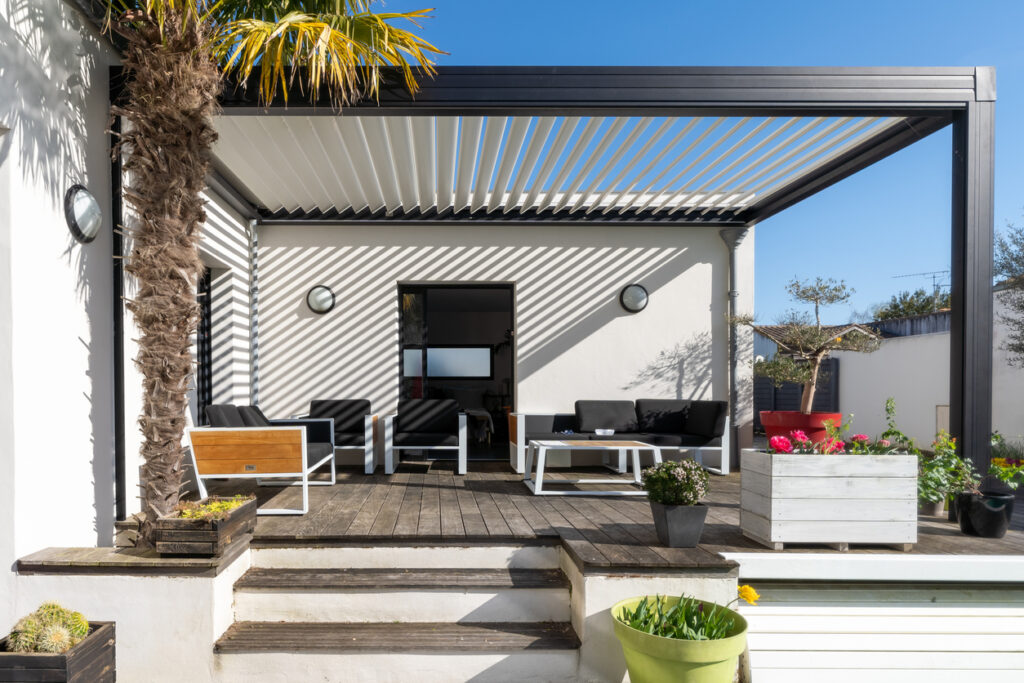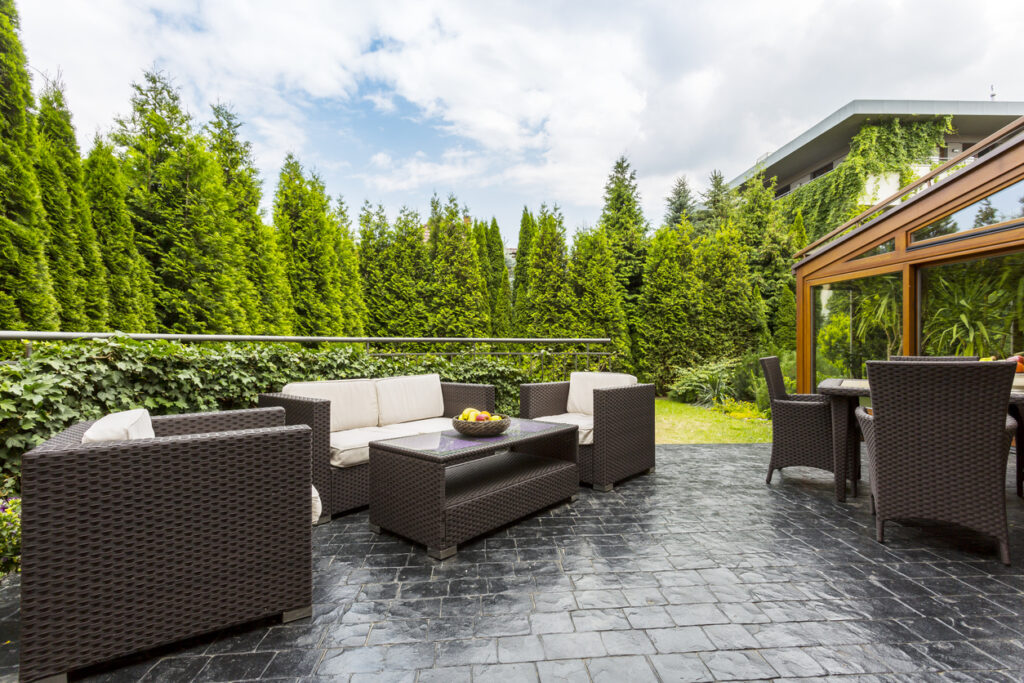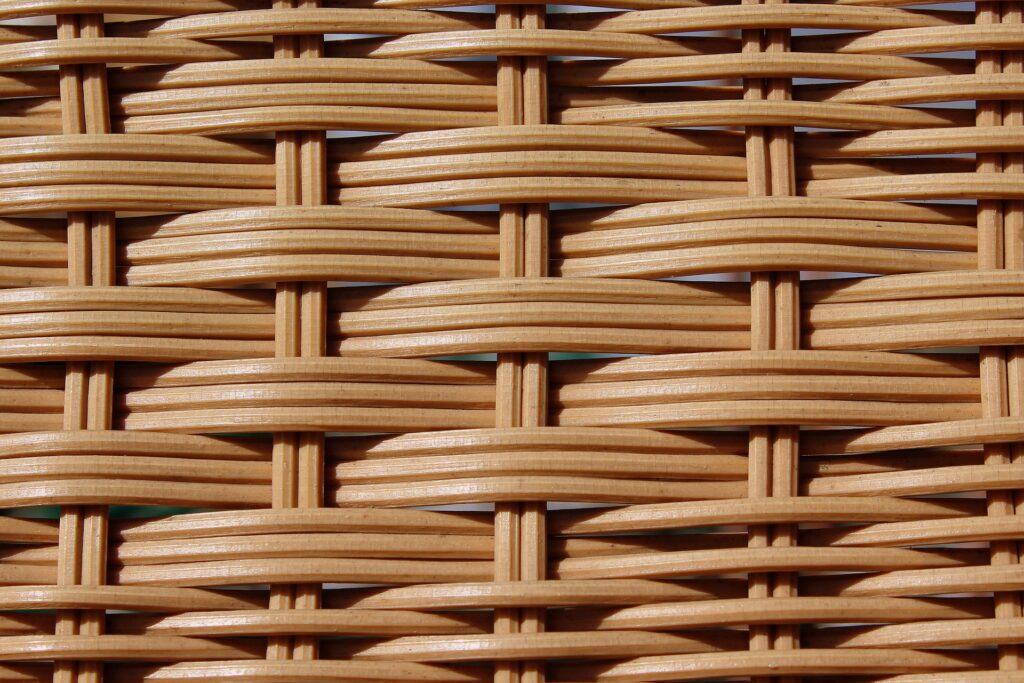When it comes to choosing outdoor furniture that truly stands the test of time, not all materials are created equal. If you live in a region with unpredictable weather, salty air, or strong sunlight, picking the right material can save you years of frustration and maintenance. In 2025, three materials dominate the search trends in the U.S.: teak, aluminum, and PE rattan. But which one actually lasts the longest? Let’s break it down.
Teak: The Timeless Champion

If there’s one word that sums up teak, it’s “resilience.” This hardwood has long been the gold standard for outdoor furniture because of its natural oils that resist water, mold, and insects. Even untreated, teak weathers beautifully into a silver-gray patina while remaining structurally solid for decades.
The downside? It’s expensive. And although it doesn’t require much maintenance, many people choose to apply sealants or oils to preserve its golden tone, which adds a bit of annual upkeep.
Still, FSC-certified teak (like the one we use at CG Outdoor) offers not only durability but also a sustainable and stylish solution that blends modern design with a warm, natural look.
Aluminum: Lightweight and Low Maintenance

For those who want sleek lines and rust-proof performance, aluminum furniture is a clear winner. Powder-coated aluminum resists corrosion, fading, and scratches. It doesn’t require sealing, and it’s easy to clean with just a hose or damp cloth.
Its biggest advantage is its weight: light enough to move around yet stable enough when properly designed. It’s ideal for balconies or patios where space needs to be flexible. At CG Outdoor, we pair our aluminum frames with thick, cozy cushions to balance comfort and modern styling.
However, aluminum can heat up in direct sun, and lower-quality pieces may dent or warp over time. So if you go this route, make sure you’re investing in well-built frames and UV-resistant fabrics.
PE Rattan: Versatile, Textured, and Cost-Effective

PE rattan, also known as synthetic rattan or poly rattan, offers the charming look of traditional woven furniture with added resistance to the elements. It is typically made from polyethylene and is designed to withstand moisture, mold, and UV rays without cracking or fading.
At CG Outdoor, we use PE rattan that’s UV-stabilized and hand-woven over sturdy aluminum frames, ensuring that every piece delivers comfort and character while enduring the outdoor elements. Its relaxed and inviting texture appeals especially to those who love a beachy, coastal, or bohemian aesthetic.
That said, PE rattan is not biodegradable and generally less eco-friendly than natural fibers or FSC-certified wood. However, its affordability and scalability make it a practical choice for projects that require larger quantities without compromising too much on style or comfort.
Avoid low-quality variants, as cheap PE rattan can become brittle or unravel over time. Always look for high-quality weave and UV resistance when choosing.
So, Which One Is Best?
Here’s the truth: there’s no single winner because it depends on your needs. If you appreciate natural textures and the warmth of real wood, teak is ideal—it brings you closer to nature with its beautiful grain and organic feel. Aluminum appeals to those who love minimalism and strong, clean lines—its modern aesthetic suits clients who prefer a harder, more structured visual style. And PE rattan? While it’s less environmentally friendly, it’s affordable and mass-producible, making it a smart choice for clients who need larger quantities at a lower cost.
No matter which you pick, quality matters. At CG Outdoor, we use FSC-certified teak, powder-coated aluminum, and UV-protected PE rattan to make sure our furniture looks great and lasts for years.
And yes—we offer custom rain covers too.
Explore more options in our Outdoor Furniture Collection or check out our recent post on Stunning Tips to Choose Grand Resort Outdoor Furniture That Lasts.


